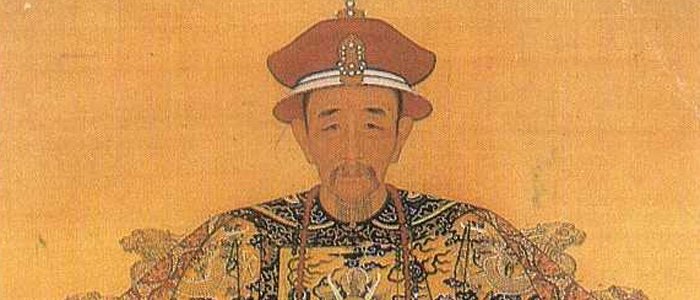Un po’ di storia (in inglese)
The origins of the I Ching go back to shamanic practices of the Shang dynasty, in the second millennium BC. Shang shamans cracked animal bones and tortoise shells by exposing them to heat, and read the patterns thus formed as omens about a given situation or enterprise. Their oracular statements, recorded and passed on from generation to generation, were eventually organized in terms of the philosophical notions of yin and yang and classified by a system of figures composed of whole and broken lines. Thus they came to form a map of “heaven and earth”, which, bypassing the old techniques of divination through fire, could be consulted by the much easier method of casting forty-nine yarrow stalks. Under the Han (206 BC – 220 AD) the I Ching was canonized as the “first of the classics” – the first of the texts which constituted the core of the intellectual curriculum of the literati, the officers/scholars who were the backbone of the empire – and from then on exerted an immense influence on the whole Chinese culture. It came to be known in the West essentially through the German translation by Richard Wilhelm in 1923 and became popular after the publication of the English version of Wilhelm’s translation in 1950.
the tradition
modern views of the origins of the i ching
the evolution of the book
